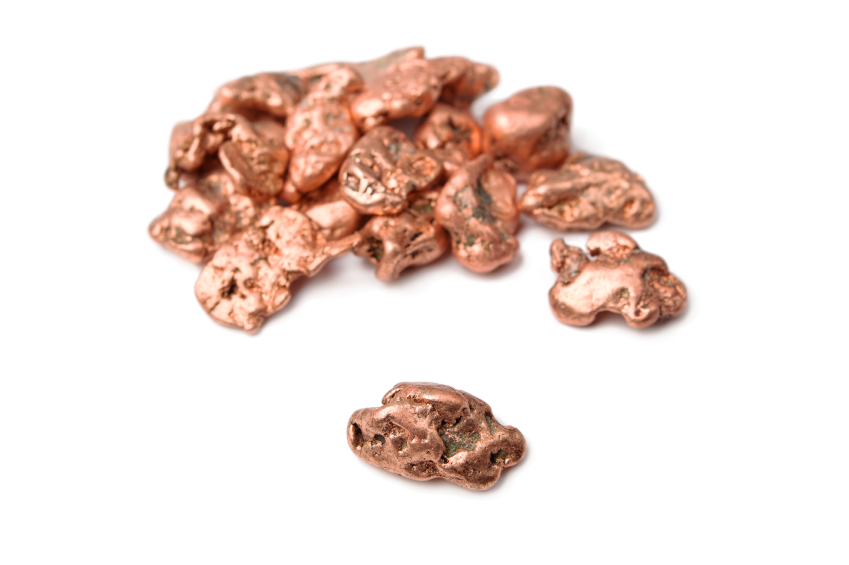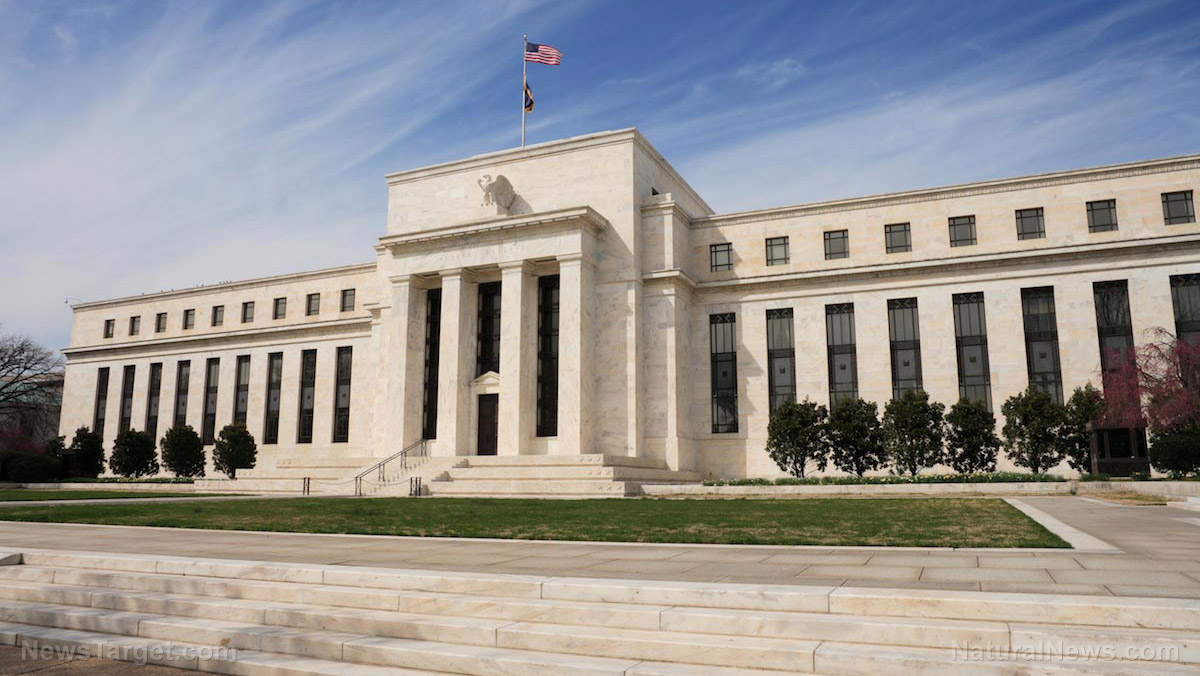 Parler
Parler Gab
Gab
- Copper prices experienced their steepest weekly drop since the COVID-19 crash, plunging nearly 11% due to escalating U.S.-China trade tensions, with analysts warning of further declines.
- The Bloomberg Commodity Index fell 4%, with industrial metals like aluminum and zinc also dropping. Mining stocks (e.g., Freeport-McMoRan, Glencore) saw double-digit losses amid fears of shrinking global trade volumes.
- China imposed 34% tariffs on U.S. imports, worsening demand concerns. Chilean copper exports to China declined, raising oversupply fears, with Chile considering cutting its 2025 price forecast.
- Banks like JPMorgan and UBS warn of a potential U.S. recession and spillover effects in export-driven economies (e.g., Taiwan, South Korea). Key industries (automotive, construction) face slowdowns from falling copper demand.
- Citi and BNP Paribas foresee further price drops, while Goldman Sachs acknowledges short-term risks despite long-term bullish views. The crisis underscores the destabilizing impact of trade wars on global markets.
The trade war shocks commodity markets
The Bloomberg Commodity Index, tracking 23 key raw materials, is on pace for its worst week in over a year, down 4% amid deteriorating demand projections. Copper, often seen as a barometer of economic health, led the downturn, with CME futures posting their steepest five-day decline since March 2020. Goldman Sachs analyst Michael Nocerino noted the abrupt shift, citing a "macro-driven" commodities rout as oil, copper and bonds tumbled alongside equities. "We're pricing a global recession," warned Goldman’s Rich Privorotsky, highlighting how trade barriers threaten to derail a decade of economic expansion.China’s tariff retaliation deepens gloom
The selloff intensified after China’s state-run Xinhua News Agency announced 34% tariffs on all U.S. imports, effective April 10. The move amplified concerns over shrinking global trade volumes, which Bloomberg reports are nearing "depression levels." Chile, the world’s top copper producer, signaled alarm by preparing to cut its 2025 price forecast. Juan Ignacio Guzmán, a Chilean mining consultant, warned that prolonged trade strife could drive copper as low as $3 per pound (6,600/ton)—far below current levels. Meanwhile, Chinese demand, once a stabilizing force, has faltered; Chilean copper exports to China dropped in early 2025, intensifying oversupply fears.Miners bear the brunt
Mining stocks plunged globally. Freeport-McMoRan and Southern Copper lost 13% and 9.6%, respectively, in a single day, while Anglo American and Glencore slumped over 11%. Even diversified giants like BHP and Rio Tinto faced steep declines, with trading volumes tripling as investors fled. "The tariffs will force producers to absorb margin hits or cut costs," said Citi’s Max Layton, predicting further pain. His bearish outlook contrasts with earlier bullish calls, including Goldman’s 2024 $9,500/ton copper target, now under pressure as demand wanes.Global economic ripple effects
The impact of the tariff war extends beyond the immediate selloff in copper and other commodities. JPMorgan now expects the U.S. to fall into a recession this year, while UBS estimates that every 1% drop in U.S. GDP could cut output in export-driven Asian economies like Taiwan and South Korea by up to 2%. This interconnectedness of global economies means that the ripple effects of the U.S.-China trade war will be felt far and wide. For instance, the sharp decline in copper prices has already begun to affect the automotive, construction and electronics industries, which are major consumers of the metal. The potential for reduced investment and increased unemployment in these sectors could exacerbate the economic slowdown.Chile’s price cut signals looming economic strain
Chile, which produced 24% of the world's copper last year, is now feeling the pressure. Chile's copper agency, Cochilco, held its 2025 price forecast at 4.25 per pound in February, but with the new data, copper prices are now expected to average between 3.90 and $4.00 per pound this year. Juan Ignacio Guzmán, head of Chilean mineral consulting firm GEM, warned, "If the trade war triggers a recession, prices could tumble to as low as 3 a pound — or about 6,600 a ton." This forecast is particularly concerning given Chile's heavy reliance on copper exports, which accounted for nearly half of the country's total exports in 2024.Analysts warn of more trouble ahead
The Bloomberg report highlighted that the worst might not be over. Max Layton, global head of commodities research at Citigroup Inc., warned that the global trade shake-up could lead to a historic market correction. Citi now expects copper prices outside the U.S. to average $8,500 this quarter, but they also say the risk of further drops is high. BNP Paribas SA strategist David Wilson, who had warned prices could collapse, now sees the downtrend continuing in the short term. Goldman Sachs still believes in copper’s long-term value but admits that slower global growth could delay the expected supply shortage. The copper market’s whiplash—from stockpiling frenzy to panic selloff—reflects the destabilizing power of protectionism. With tariffs reshaping trade flows and miners bracing for turbulence, the metals meltdown may only be the opening act in a larger economic drama. As history shows, when global trade fractures, no market emerges unscathed. The current crisis underscores the need for international cooperation and dialogue to mitigate the far-reaching consequences of trade wars and economic protectionism. Sources include: ZeroHedge.com CarbonCredits.com Bloomberg.comUkraine’s desperate recruitment drive fails to attract youth despite $24K bonuses
By Cassie B. // Share
How North Korea’s massive military aid is keeping Putin’s war machine running
By Cassie B. // Share
Hedge fund giant warns of global financial crisis amid U.S. tariff turmoil and debt risks
By Willow Tohi // Share
Governments continue to obscure COVID-19 vaccine data amid rising concerns over excess deaths
By patricklewis // Share
Tech giant Microsoft backs EXTINCTION with its support of carbon capture programs
By ramontomeydw // Share
Germany to resume arms exports to Israel despite repeated ceasefire violations
By isabelle // Share










